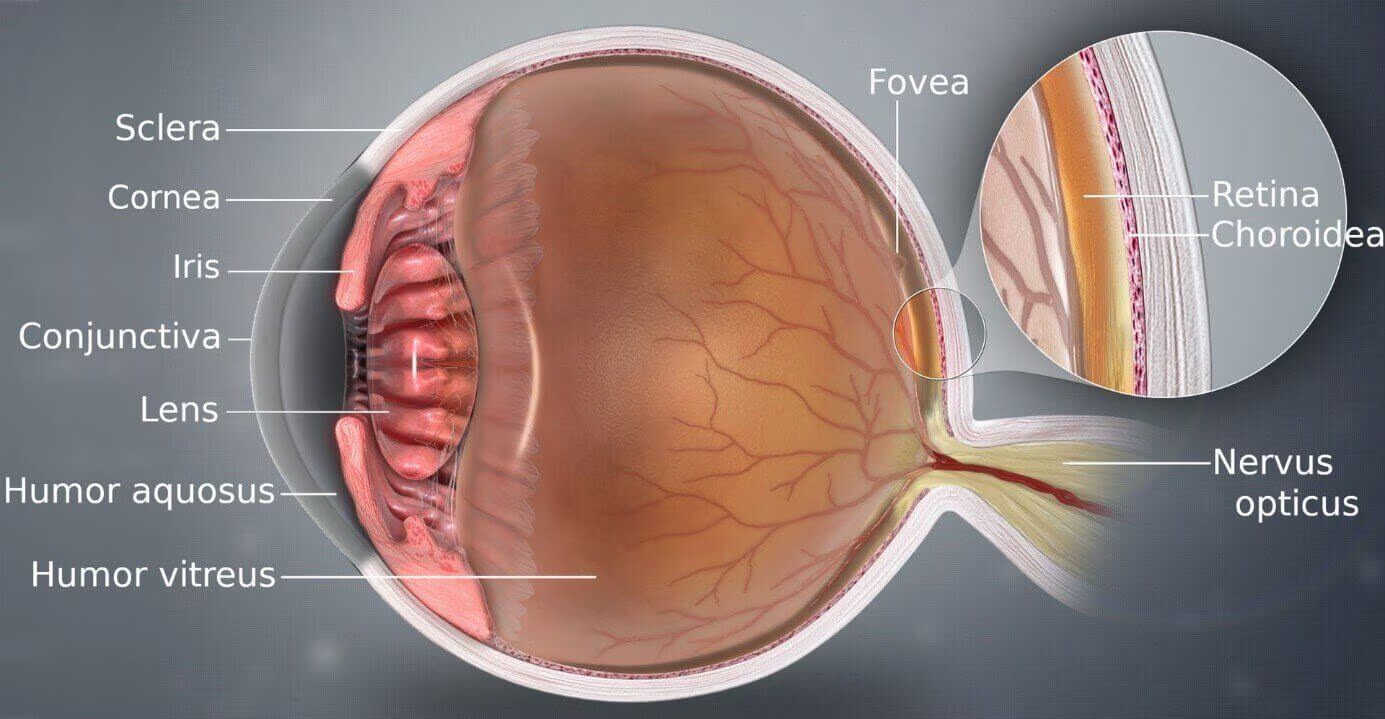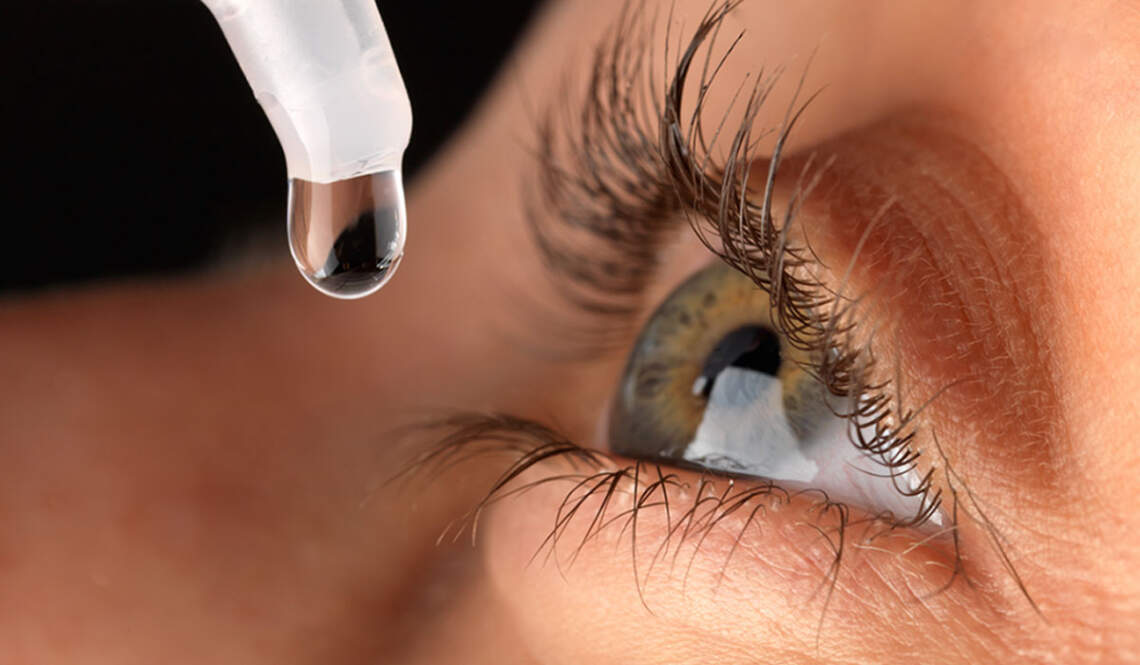In recent years, nanotechnology has grown a lot in popularity. That is mainly because of its amazing utility and the enhancements it brings to numerous industries. However, one of the main implementations of nanotechnology is in the healthcare industry.
The combination of nanotechnology presents the world with various new and highly effective ways to treat diseases. One of the main functions of nanotechnology in the healthcare sector is elevating the process of drug delivery. There are many health treatments in which nanotechnology is being used, such as ophthalmology. In the article, we will discuss the same. Here, you will learn everything about the implementation of nanotechnology in ophthalmology. Keep reading.
Understanding Nanotechnology

In the most straightforward words, nanotechnology basically refers to a field of science and engineering that is mainly focused on manufacturing and designing devices and structures of extremely small size. They are generally made up of molecule compounds and measure between 0.1 to 10 micrometers.
According to the National Nanotechnology Initiative, this technology can be used in numerous industry sectors like healthcare, transportation, electronics, sports, and more. However, one of the main implementations of nanotechnology is for medical purposes, which is usually termed nanomedicine.
But who invented nanomedicine? According to the sources, the term nanomedicine first emerged back in 1999. It happened when an American scientist named Robert A. Freitas Jr. released a book named Nanomedicine: Basic Capabilities. The first two volumes of the books were purely dedicated to explaining everything about nanomedicine.
Implementation Of Nanotechnology in Ophthalmology
Nanotechnology is incorporated with many treatments of Ophthalmology. However, some of the main common ones include: targeted delivery and discovery of drugs, genetics testing, implantable devices, tissue regenerations, and ocular imaging.
One of the best benefits of using nanotechnology in ophthalmology is that it will assist in the controlled release of the drug, enhance the drug solubility, elimination of toxicity, and much more. This way, nanotechnology takes the drug treatment to the next level. Nanotechnology in ophthalmology is highly effective in assessing and treating the different stages of the diseases.
Within the countless applications of nanotechnology, here are the three major subfields of Ophthalmology that are utilizing the power of nanotechnology.
1. The corneal allograft rejection
Nanoparticles that consist of rapamycin assist in reducing the risks of allograft rejection in the corneal in a more effective way in comparison to rapamycin drugs. It has also been found in the vivo studies that nanomedicine has the ability to reduce corneal allograft rejection by 17%, which is much more when compared to the usually available clinical drugs.
2. Regenerative Nanomedicine
The regenerative nanomedicine is known to be a great helping hand in overcoming the numerous challenges that are experienced in Ophthalmology treatments. For instance, the limitations that are experienced by the experts in the treatment of glaucoma can now easily be overcome using medicines based on nanotechnology.
3. Gene delivery and gene therapy
Gene therapy and delivery is a treatment that is used to program the desired genes in the cells of the eye in order to treat genetics-based ocular conditions like dystrophies. Nanotechnology can be considered to be a great tool for optimal delivery and therapy of genes in the eyes of an individual.
Note – Please know that this doesn’t end here, as many more advancements will be seen in the coming years.
Limitations Of Using Nanotechnology in Ophthalmology
There is no doubt that the implementation of nanotechnology in Ophthalmology brings numerous amazing benefits. However, there are also some risks involved that you should be aware of. One of the main limitations that may occur when using nanotechnology in Ophthalmology is designing the nanoparticle devices and validation processes. Some unintended biological consequences can also occur due to the use of nanodevices in the body.
In general, nanoparticles are considered to be safe, but still, the nanocarriers are made up of metal and non-degradable, which might be a matter of concern. Besides that, there’s also a risk of hypersensitive reactions that many people may experience.
Future Of Nanotechnology
As of now, the future of nanotechnology seems to be positive due to many reasons. In the coming years, we are likely to see many more advancements in technology that will help society in the best way possible. The scientists and governments of the world seem to be optimistic about nanotechnology and have also provided a good amount of funding for the development and advancements of this technology.
Final Words
So, that was all you needed to know about nanotechnology in Ophthalmology. It is definitely one of the innovative technologies that will assist in treating eye-related problems in a more efficient manner – thanks to its ability to deliver the necessary drugs to the site of the disease in the body. However, it is worth noting that, in the coming years, nanotechnology will bring many more advancements not only to the healthcare sector but to many other fields.




